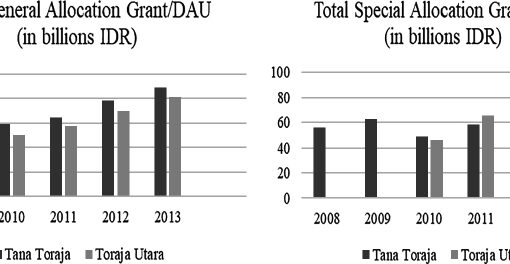RESEARCH REPORT
Farmers’ Perceptions of Imperata cylindrica Infestation in a Slash-and-Burn Cultivation Area of Northern Lao PDR
Bounthanh Keoboualapha,* Suchint Simaraks,* Attachai Jintrawet,** Thaworn Onpraphai,** and Anan Polthanee*
* ບນຸ ທນັ ແກວ້ ບວົ ລະພາ; สุจินต์ สิมารักษ์; อนันต์ พลธานี, System Approaches in Agriculture Program, Faculty of Agriculture, Khon Kaen University, 123 Moo 16 Mittapap Rd., Nai-Muang, Muang District, Khon Kaen 40002, Thailand
Corresponding author: Bounthanh Keoboualapha
** อรรถชัย จินตะเวช; ถาวร อ่อนประไพ, Crop Science and Natural Resources Department and Center for Agriculture Resource System Research, Faculty of Agriculture, Chiang Mai University, 239 Huay Kaew Road, Muang District, Chiang Mai 50200, Thailand
Abstract
This paper discusses farmers’ perceptions of Imperata infestation and its impact on agricultural land uses in a slash-and-burn area of Nambak District in Luang Prabang Province, northern Laos. Our study showed that slash-and-burn cultivation (SBC), which has been practiced for generations, remains the main agricultural land use system and provides an important source of food and income for farmers. Imperata, which first took root one and a half decades ago, is gradually proliferating, affecting the livelihoods of nearly 38% of households in the five target villages of this study. The positive cause and-effect relationship among such factors as accelerated land clearing, young fallows, declining soil fertility, and land shortages—suggested to be the main cause of the Imperata infestation—has reduced not only cultivable land but also its productivity. According to the majority of farmers, the most significant problems caused by Imperata infestation are reduced crop yields, increased weeding, and reduced crop growth. To overcome the problems, farmers employ a combination of strategies—the most common being weeding, fallowing the land, applying chemicals, and exchanging labor. However, the implementation of these strategies is encumbered by many constraints, primarily lack of labor and capital, rice insufficiency, and limited land. Given the constraints and the available technologies, it will be very difficult for farmers in the study area to adopt a more permanent, diversified, and productive agricultural system, which is a high priority of government development policy in the uplands. To meet this challenge, the thrust of research and development communities working in the uplands should be on more systematic and integrated interventions that combine technological, social, economic, and political resolutions based on knowledge of the causes of Imperata infestation, the problems it creates, management strategies to cope with the infestation, and the specific constraints perceived by farmers.
Keywords:
slash-and-burn cultivation, Imperata infestation, agricultural land uses
![]()
Southeast Asian Studies, Vol. 2, No. 3, December 2013, pp. 583–598
©Center for Southeast Asian Studies, Kyoto University


